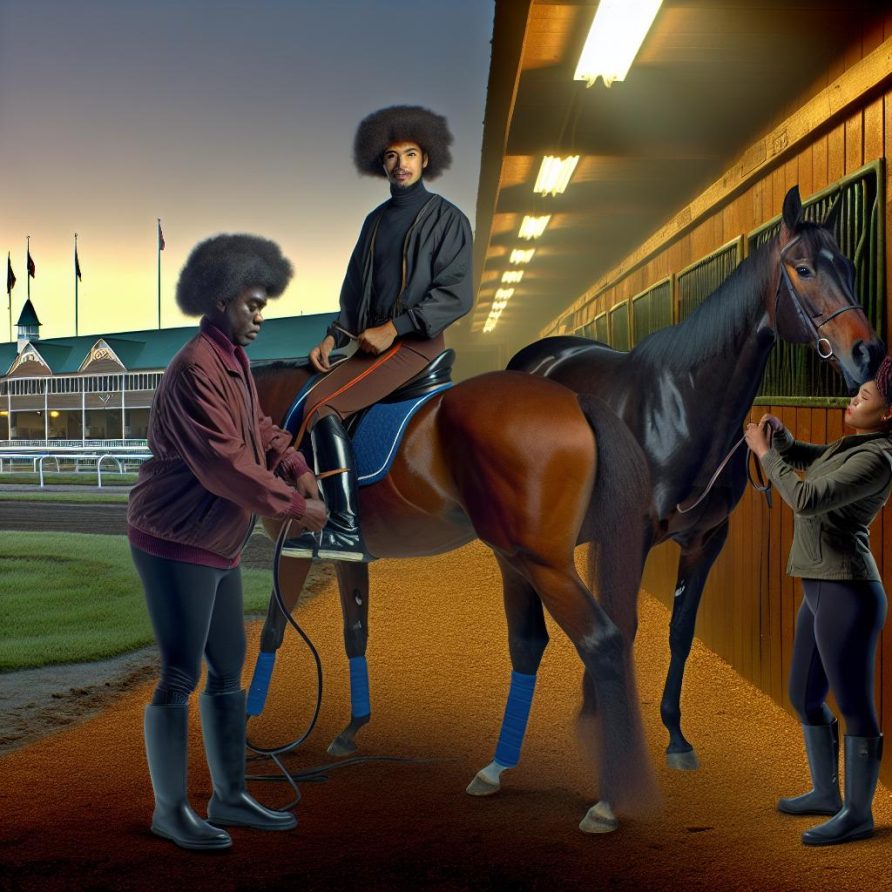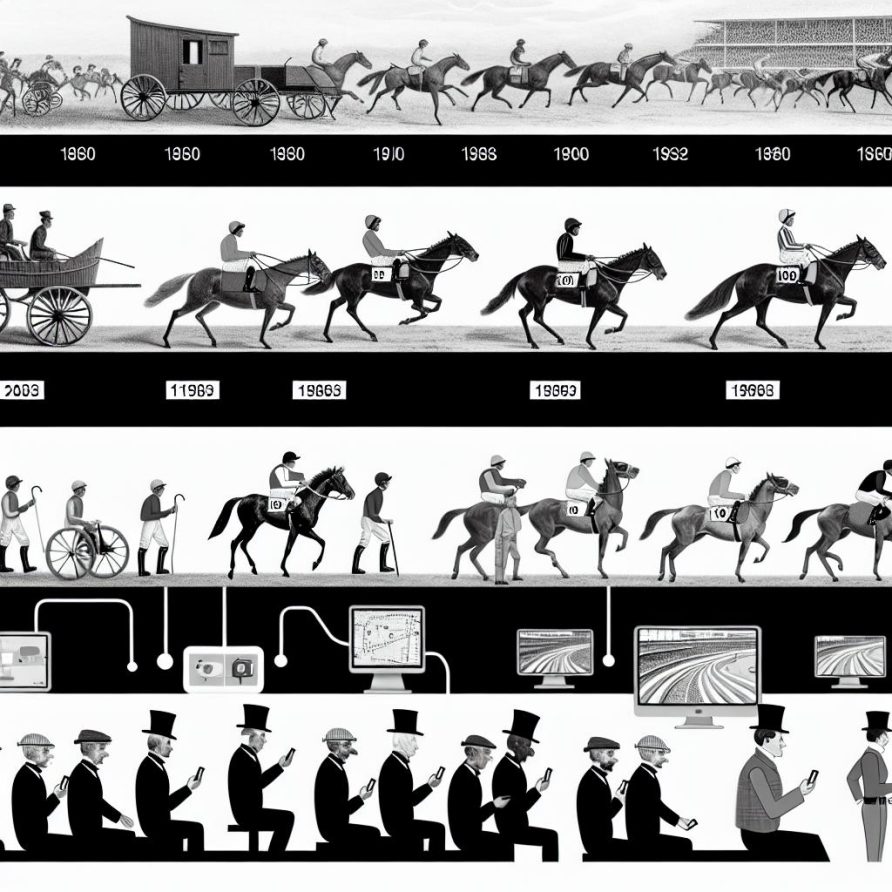Introduction to Horse Race Preparation
Training a horse for racing is a task that requires a meticulous and structured approach. This process involves various elements that collectively ensure the horse is in its best physical condition and possesses the mental acuity needed for the track. To achieve this, trainers need to consider multiple factors, including the horse’s health, diet, fitness, and psychological well-being, each of which plays a vital role in the horse’s overall performance.
Understanding the Horse’s Health
A comprehensive understanding of the horse’s health is fundamental before engaging in rigorous training. Regular veterinary assessments are vital as they help evaluate the horse’s physical abilities and detect any potential health issues. These check-ups provide insights into the horse’s heart rate, respiratory rate, and overall fitness levels, allowing trainers to tailor a training regimen that maximizes the horse’s potential without overexerting it. Ensuring the horse is free from injury or illness is critical, as even minor health issues can affect training outcomes.
Diet and Nutrition
Integral to horse training is a nutritionally balanced diet, specifically tailored to meet the needs of each individual horse. A horse’s diet must include a proper balance of proteins, carbohydrates, fats, vitamins, and minerals. This balance is often adjusted according to the horse’s age, weight, and activity level. The collaboration between nutritionists and trainers is essential in creating a diet plan that not only supports peak performance but also aids recovery. Such a diet ensures the horse has the necessary energy for training sessions and the nutrients needed for effective recovery.
Fitness Training
Achieving optimal fitness involves a strategic mix of strength training, conditioning, and periods of rest. Exercise programs are designed to gradually increase the horse’s endurance and strength through activities conducted on various surfaces. Warm-ups and cool-downs are integral parts of this process, ensuring the horse’s muscles are well-prepared for activity and reducing the possibility of injury. Strength training focuses on building the horse’s core muscles, which are crucial for maintaining speed and stability during races.
Endurance and Speed Workouts
Endurance training forms the foundation of a horse’s fitness regimen, involving prolonged exercises such as long trots and canters, which slowly increase in duration over time. This type of training enhances the horse’s ability to sustain effort over long distances. In contrast, speed workouts involve short, high-intensity bursts of activity, training the horse to achieve and maintain high speeds essential for racing. These workouts are carefully balanced to prevent strain while maximizing the horse’s speed capabilities.
Rest and Recovery
Rest and recovery are as crucial as the training itself. Overtraining can result in fatigue and injuries, diminishing a horse’s performance. Therefore, it is pivotal to incorporate rest periods into the horse’s training schedule. Adequate rest facilitates muscle repair and contributes to the horse’s overall well-being, allowing it to perform at its highest level when needed. Moreover, planned recovery periods ensure that the horse remains physically and mentally refreshed for future workouts and competitions.
Mental Preparation
A horse’s physical ability alone does not guarantee success on the racecourse; mental preparedness is equally important. This involves acclimatizing the horse to various aspects of the racing environment, such as exposure to large crowds and the starting gates. Trainers often recreate race-like scenarios to build the horse’s confidence and reduce anxiety. Simulated race conditions help the horse become familiar with the sights and sounds of actual racing events, thereby enhancing its focus and composure.
Building Trust and Confidence
Establishing a strong bond of trust between the horse and its trainer is essential for fostering confidence. Techniques such as positive reinforcement, coupled with a consistent and stable routine, contribute significantly to a supportive training environment. When horses feel secure and understand what is expected of them, they are more likely to perform well. A trainer’s ability to read the horse’s mood and adjust the training approach accordingly also plays a key role in maintaining emotional stability.
Conclusion
In conclusion, effective preparation for horse racing necessitates a holistic strategy that encompasses various aspects of equine management. While techniques may differ amongst trainers, the core principles of maintaining the horse’s health, optimizing its fitness, and ensuring its mental readiness remain consistent. Those interested in furthering their understanding of equine management and training strategies might consider exploring equine training courses or visiting specialized equine sports websites that provide valuable resources and insights into this discipline. Through dedication, knowledge, and a commitment to the well-being of the horse, trainers can effectively prepare these magnificent creatures for the challenges of the racecourse.











